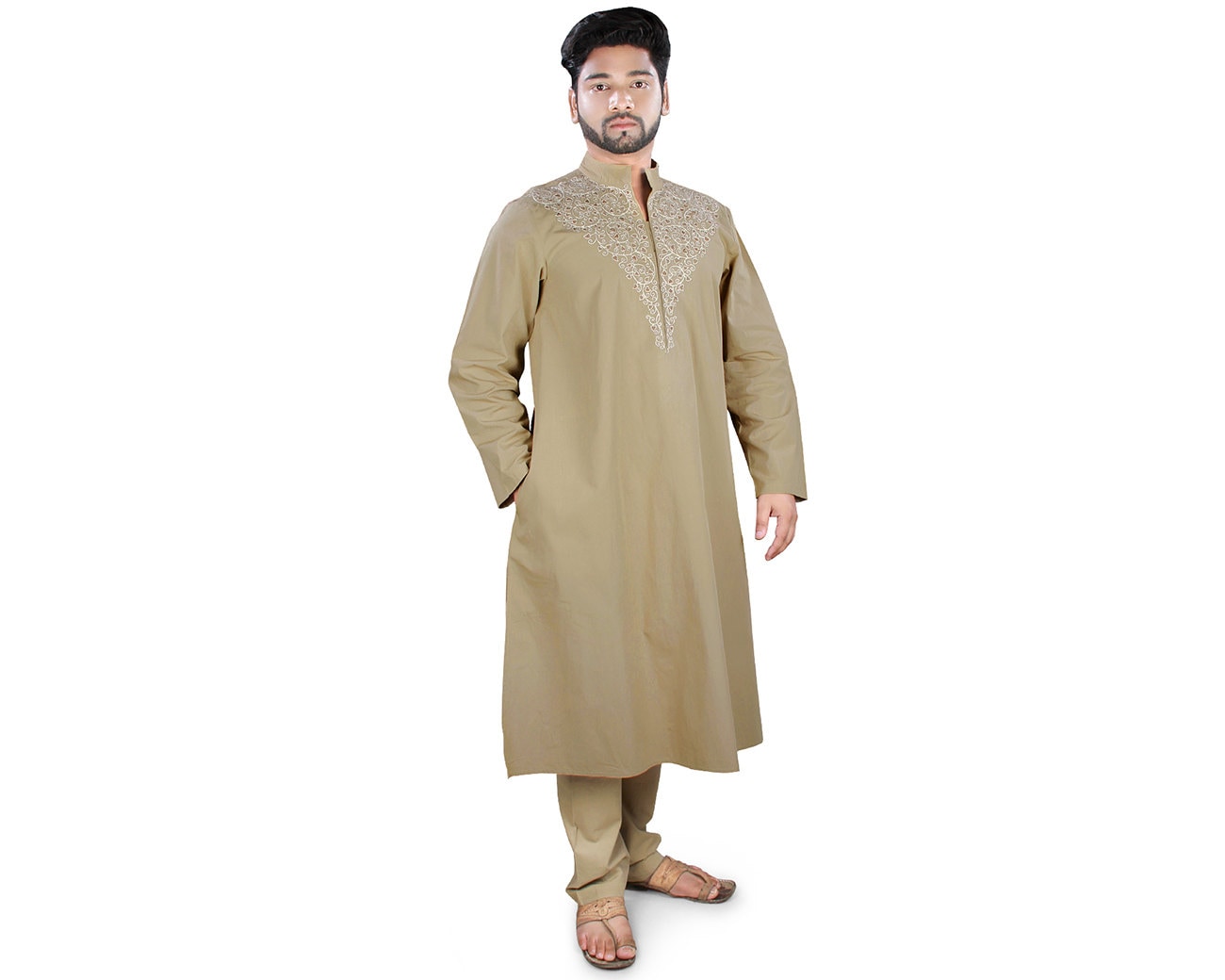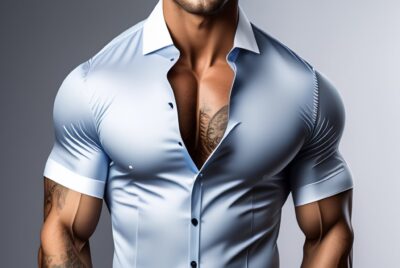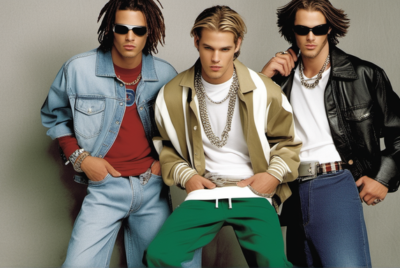Muslim Clothes for Men: Enhancing Style and Spirituality!
As a passionate enthusiast of Muslim clothes for men, I am here to offer valuable insights and recommendations for individuals seeking to enhance their wardrobe with stylish and culturally appropriate attire. In this article, we will explore the world of Muslim fashion, from traditional attire to modern trends, and provide helpful suggestions along the way.
Introduction
Muslim clothes for men encompass a wide range of styles, reflecting the rich cultural diversity within the Muslim community. These garments not only serve as a means of modesty but also express a person’s identity, beliefs, and fashion preferences. Let’s delve into the traditional and contemporary aspects of Muslim fashion to help you make informed choices.
Traditional Muslim Attire
Traditional Muslim clothes for men often includes long, loose-fitting garments that promote modesty and reflect cultural heritage. The thobe, also known as a dishdasha or jalabiya, is a common traditional attire worn by men in many Muslim-majority countries. This ankle-length garment, typically made of breathable fabrics like cotton or linen, provides comfort in warm climates. To complement the thobe, men often wear a keffiyeh or ghutra, a headdress that adds a touch of elegance to the ensemble.
Modern Muslim Fashion
In recent years, Muslim fashion has witnessed a remarkable evolution, blending traditional elements with contemporary styles. Designers have introduced innovative and fashionable clothing options for Muslim men, such as tailored suits, dress shirts, and pants that adhere to modesty guidelines while exuding sophistication. Additionally, the fusion of traditional and modern elements has given rise to fusion wear, combining traditional attire with Western influences, resulting in unique and trendy outfits.
Choosing the Right Clothes
When selecting Muslim clothes for men, several factors should be taken into consideration. Firstly, focus on finding garments that align with your personal style and preferences. Whether you prefer traditional attire or desire a more modern and eclectic wardrobe, it’s essential to choose outfits that make you feel confident and comfortable.
Secondly, consider the occasion and dress code. Different events may require varying levels of formality. For religious gatherings, opt for traditional attire that respects the cultural and religious norms. On the other hand, for social gatherings or professional settings, you can explore a broader range of modern styles while still adhering to modesty principles.
Essential Wardrobe Pieces
To build a versatile Muslim wardrobe, there are several essential pieces every Muslim man should have. These include:
- Thobes: Traditional ankle-length garments in various colors and designs.

- Kurtas: Mid-thigh-length shirts that can be paired with pants or jeans.

- Waistcoats: Sleeveless jackets that add elegance to any outfit.

- Sherwanis: Regal and ornate ensembles typically worn for special occasions.

- Modest Accessories: Add-ons like turbans, embroidered caps, or scarves that complement the overall look.

Styling Tips
Styling Muslim clothes can be an enjoyable experience. Here are some tips to elevate your outfits:
- Experiment with Colors: Don’t shy away from incorporating vibrant hues into your wardrobe. Bold colors can add a touch of personality and make you stand out.
- Layering: Layering your garments can create visually appealing and well-put-together looks. Experiment with different combinations to find what suits you best.
- Accessorize: Accessories can enhance your outfit and reflect your personal style. Consider adding statement belts, pocket squares, or cufflinks to complete your look.
Dressing for Different Occasions
Knowing how to dress appropriately for various occasions is crucial. Here are some guidelines to help you navigate different events:
- Formal Events: Opt for tailored suits or sherwanis for weddings, formal dinners, or religious ceremonies.
- Casual Outings: Choose comfortable yet stylish ensembles such as kurtas paired with jeans or pants for casual outings with friends or family.
- Professional Settings: Dress in smart business attire, including dress shirts, tailored trousers, and blazers, while adhering to modesty principles.
Cultural Sensitivity
It is essential to be culturally sensitive when selecting and wearing Muslim clothes. Respect the cultural norms and traditions associated with different styles of attire, particularly when visiting countries with diverse Muslim populations. Familiarize yourself with local customs to ensure you dress appropriately and respectfully.
Quality and Durability
Investing in high-quality Muslim clothes is a wise decision. Opt for garments made from durable fabrics that can withstand frequent wear and washing. Well-crafted clothes not only last longer but also maintain their appearance, ensuring you always look sharp and well-dressed.
Caring for Muslim Clothes
To preserve the quality and longevity of your Muslim clothes, proper care is essential. Follow these tips:
- Washing Instructions: Always refer to the garment’s care label for specific washing instructions. Some fabrics may require gentle handwashing or dry cleaning.
- Storage: Store your clothes in a cool, dry place to prevent damage from moisture or insects. Fold them neatly or use hangers to maintain their shape.
- Ironing: Iron your clothes at appropriate temperatures to avoid damage. Some fabrics may require steam ironing or ironing on the reverse side to prevent shine or discoloration.
Conclusion
In conclusion, Muslim clothes for men offer a diverse range of options that blend tradition with modern fashion trends. By considering personal style, occasion, and cultural sensitivity, you can curate a wardrobe that is both fashionable and respectful of your beliefs. Remember, the key is to express yourself with confidence and embrace the rich cultural heritage associated with Muslim attire.
FAQs
1. Can non-Muslims wear Muslim clothes?
Absolutely! Muslim clothing is not limited to Muslims alone. Anyone can appreciate and wear Muslim-inspired garments as a way to explore different cultural styles and promote inclusivity.
2. How can I find stylish and affordable Muslim clothing?
There are numerous online stores and local boutiques that offer a wide range of stylish and affordable Muslim clothing options. Do some research, compare prices, and read reviews to find the best sources for your needs and budget.
3. Are there any specific guidelines for men’s grooming with Muslim attire?
While there are no strict guidelines, it is generally recommended to keep a neat appearance. Maintain well-groomed facial hair, style your hair appropriately, and ensure your clothes are clean and wrinkle-free.
4. Can Muslim clothing be worn in professional settings?
Yes, Muslim clothing can be adapted to professional settings to align with modesty principles. Opt for tailored suits, dress shirts, and trousers in conservative styles and colors. This way, you can maintain a professional appearance while respecting your religious and cultural values.
5. How can I mix traditional and modern elements in my outfits?
To incorporate both traditional and modern elements, you can experiment with fusion wear. Pair a traditional garment, such as a thobe or kurta, with modern accessories like a stylish belt or trendy shoes. This blend of styles will create a unique and contemporary look.
Remember, Muslim clothing is not just about adhering to modesty guidelines; it is a way to express your identity and cultural heritage. Embrace the variety of styles available and let your fashion choices reflect your personality with confidence.




